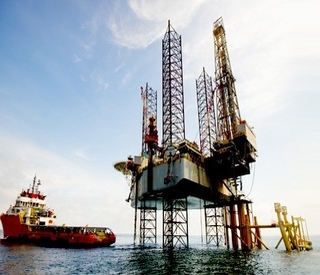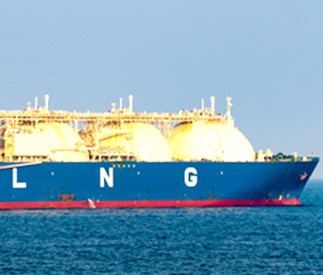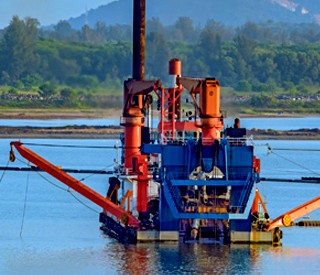Panama Canal is one of the most important shipping routes in the world. It connects eastern sea board of USA and Latin America to the west coast of US and further east to manufacturing powerhouses in East Asia.
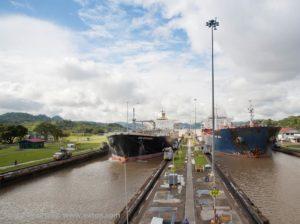
By early 2000s, Panama Canal was handling more than four times cargo traffic than its designed capacity. To service such heavy traffic, Panama government undertook an expansion project in the beginning of the year 2006 and started construction of a bigger set of locks which would be capable of taking far bigger ships, called Neo Panamax. New lock gate opened in year 2016.
Panama Canal authority (ACP) regularly issues notices for compliance guidelines for panamax, panamax plus and Neo Panamax vessels. These guidelines mention various requirements for transiting through Panama Canal including bridge design, visibility, pilot’s shelter design, protrusions from the ship side etc. Most of these requirements specially pertaining to visibility, shelter design etc. are not new and have been applicable for old locks since long. However, the mooring requirements for panamax plus and neo panamax vessels transiting through new locks are substantially different from panamax vessel transiting through old locks and need to be studied carefully.
The main directive of ACP is to have chocks and bitts of a specified safe working load (SWL). SWL requirements for the chocks and bitts depend on their purpose. In general, chock/bitt used for mooring operations should have a SWL of minimum 64 tons, while those required for towing operations should have a SWL of minimum 90 tons. For a panamax plus or neo panamax vessels, the requirements may vary from having a total of 14 to 16 nos of chocks and bitts of required SWL. There are further guidelines for vessel having flared bows and unusually high freeboards such as LNG carriers etc. Use of recessed tug bollards in lieu of chocks is permitted in such special cases.
Vedam recently finished gap analysis and design project for up gradation of one such vessel, a cape size bulk carrier. FVedam’ Scope mainly involved study for up gradation of mooring equipment and design of new mooring foundations. Since, the vessel was not designed for panama transit, some minor modification in way of wheel house arrangement drawing also needed to be done. Navigational bridge visibility calculations for various loading conditions were also done and submitted to ACP. The whole design process took approx. 4 weeks. Mooring foundations were fabricated by the shipyard during regular docking of the vessel. This vessel created a maritime record in Sept’ 2016, when she became the first cape size bulk carrier ever to transit Panama Canal.
Expansion of Panama Canal is a great opportunity for ship owners and managers to increase the operational flexibility of their vessels. Opening of new lock gates enables ship owners to deploy larger vessels of their fleet such as capsize vessels on shorter routes between east coast of America and East Asia & Australia, thereby increasing operational efficiency. However, ACP requirements needs to be studied carefully to ensure smooth maiden transit. With proper planning, compliance with ACP requirements can be achieved in a very timely and cost effective manner.

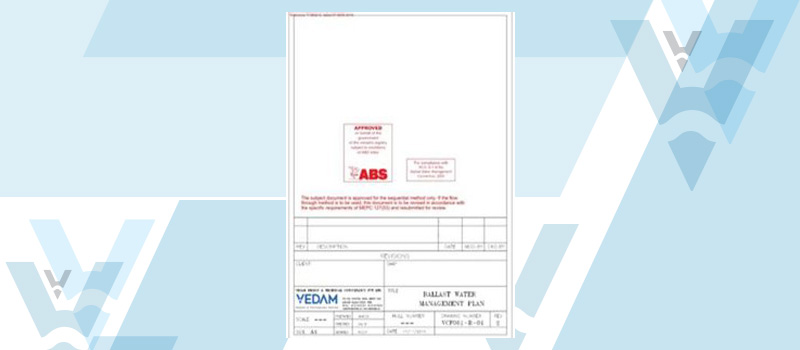
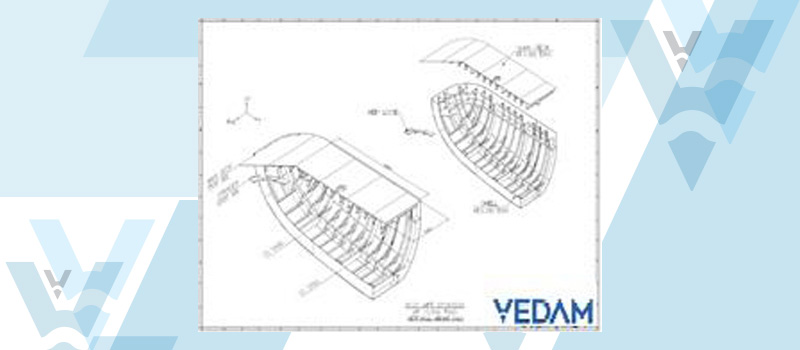
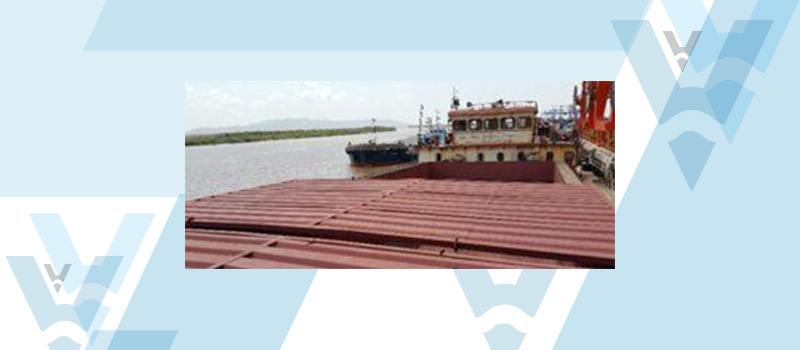
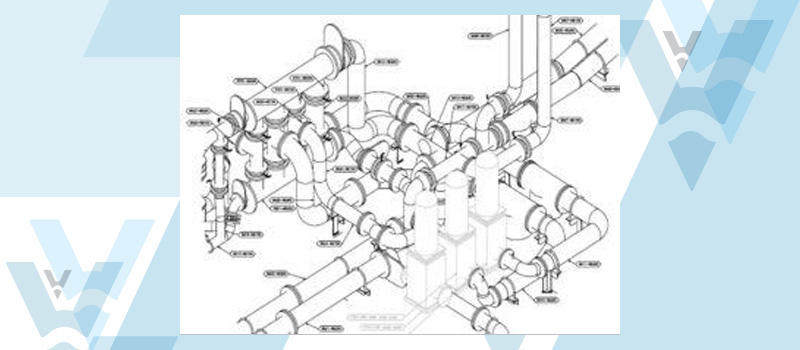
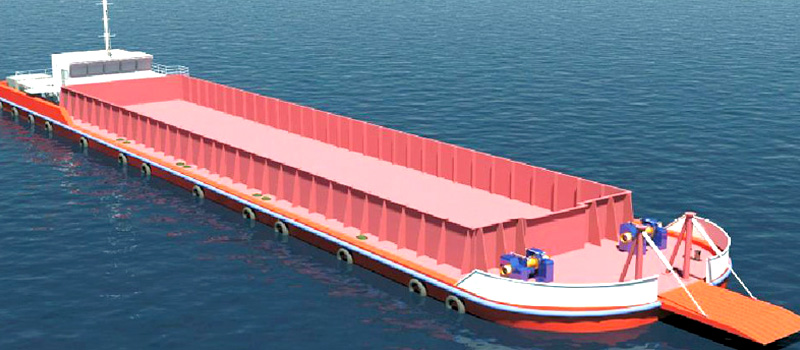
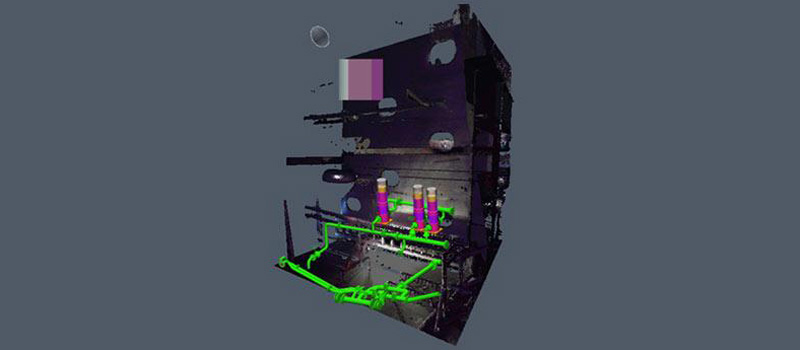
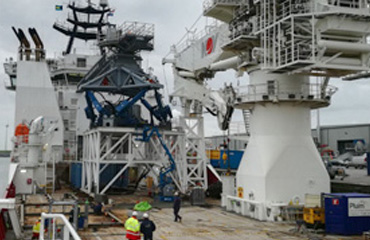
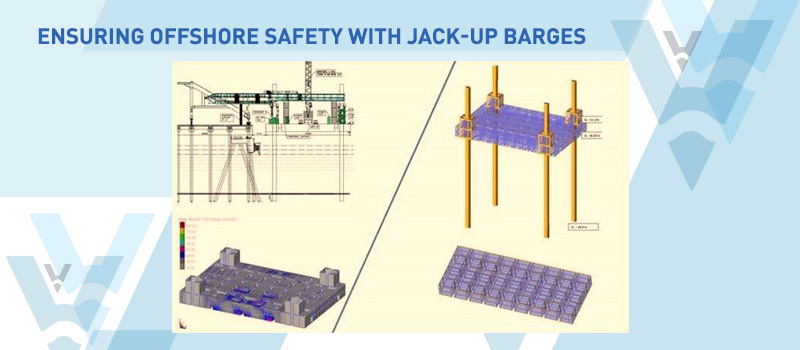
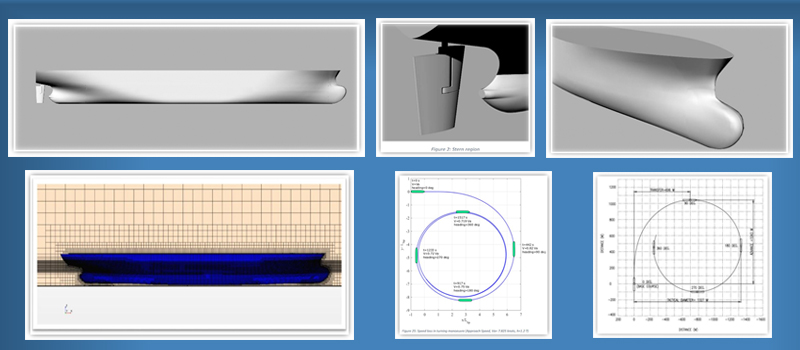
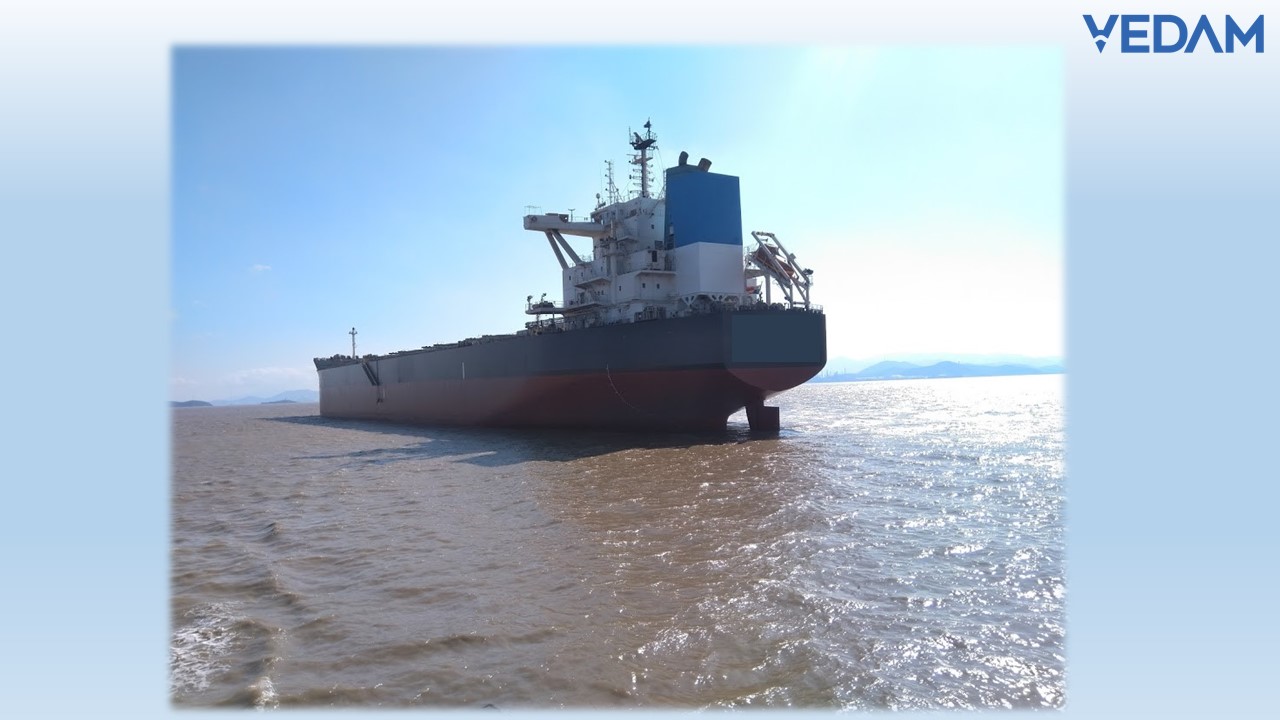
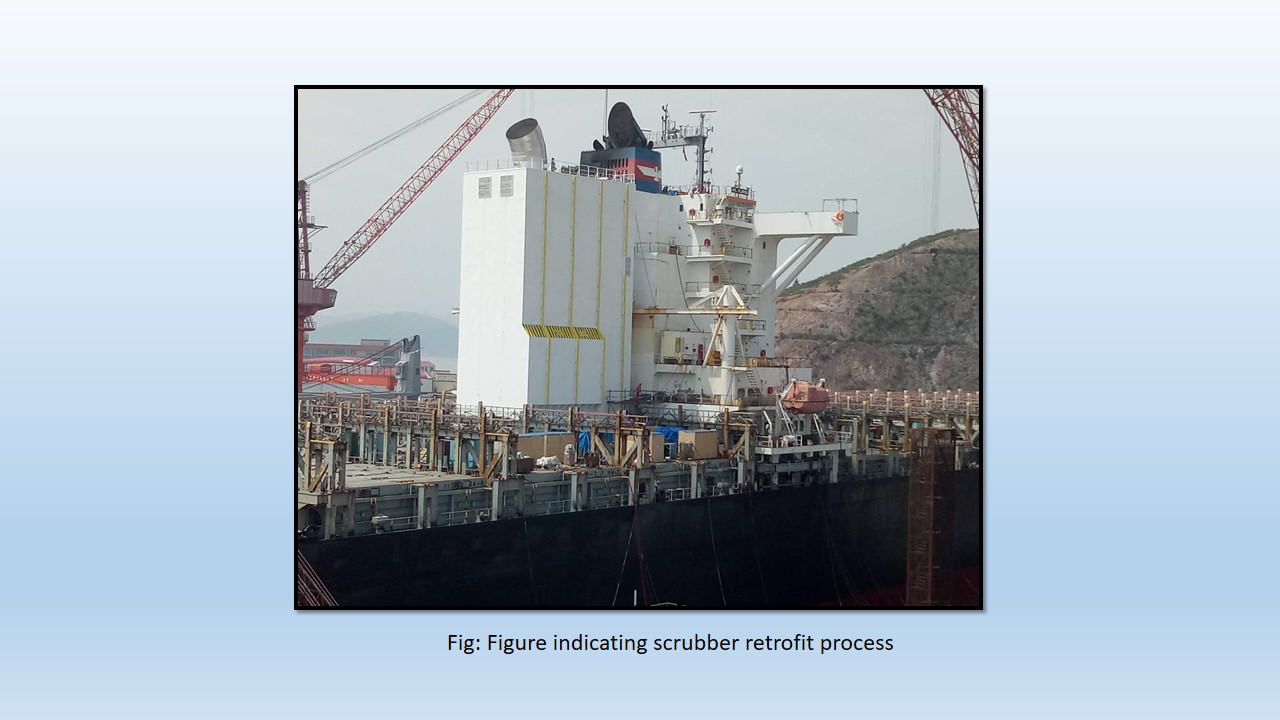

.png)
.png)
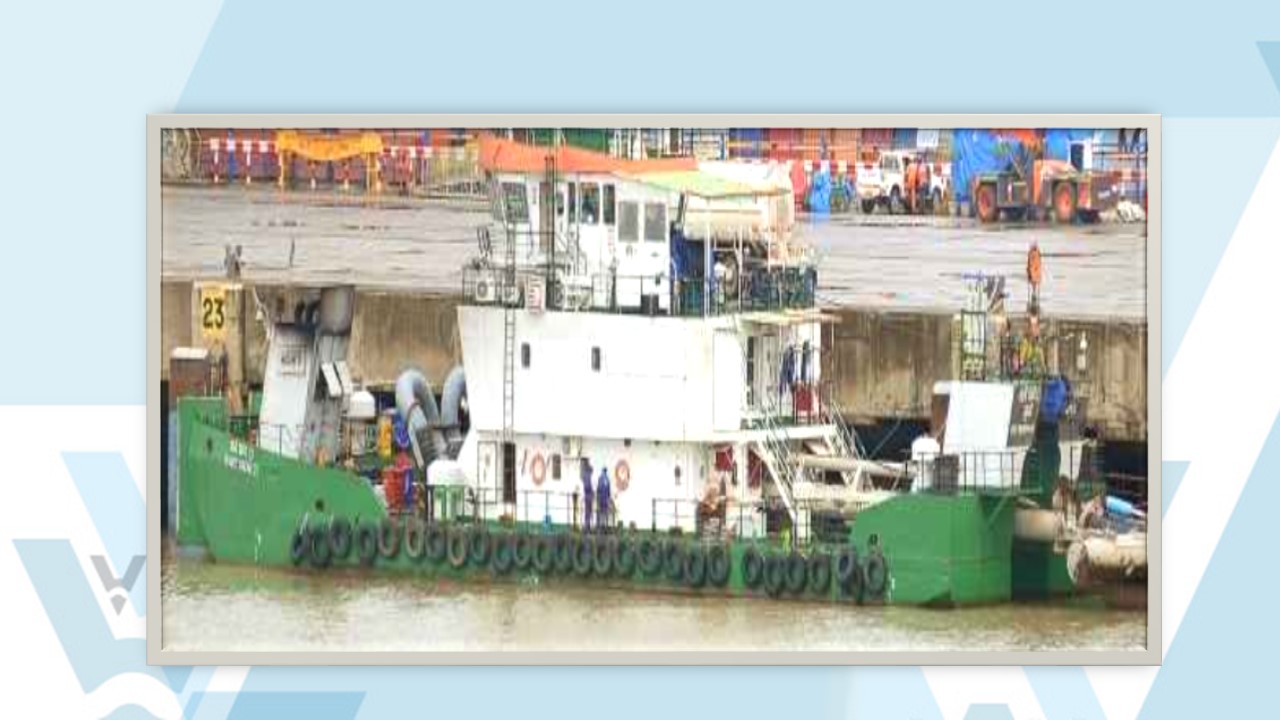
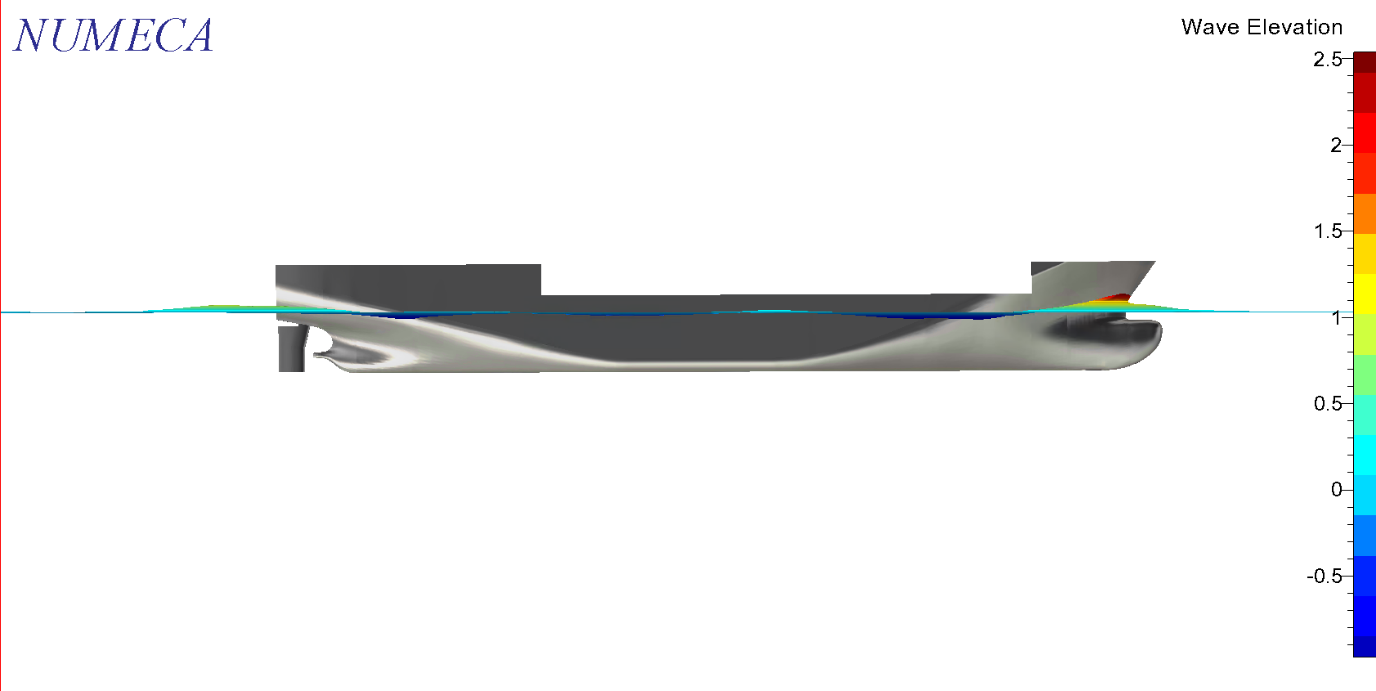


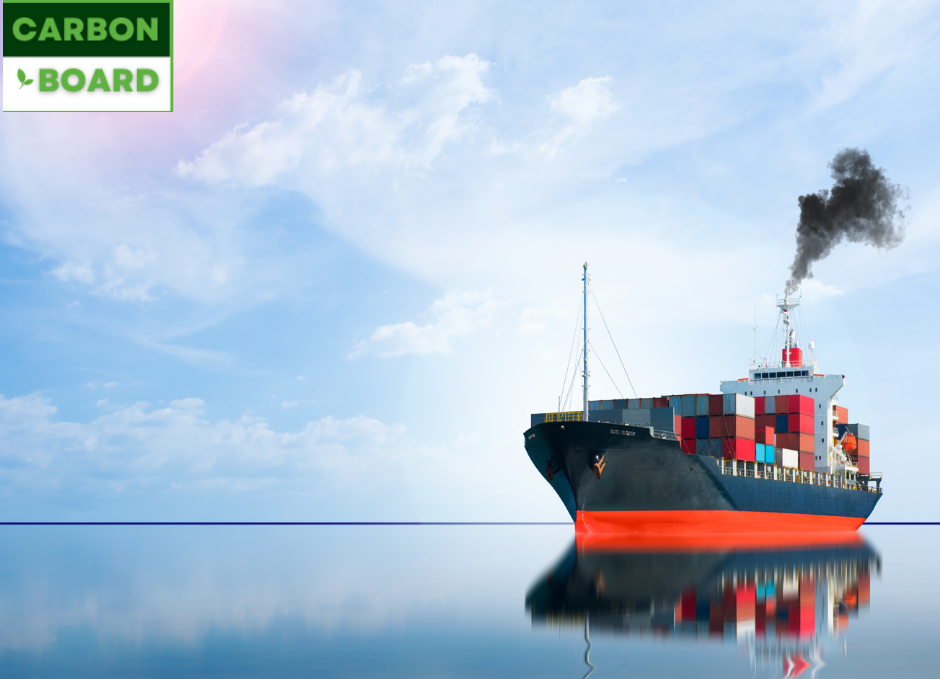


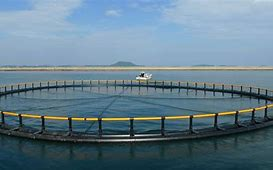
.png)
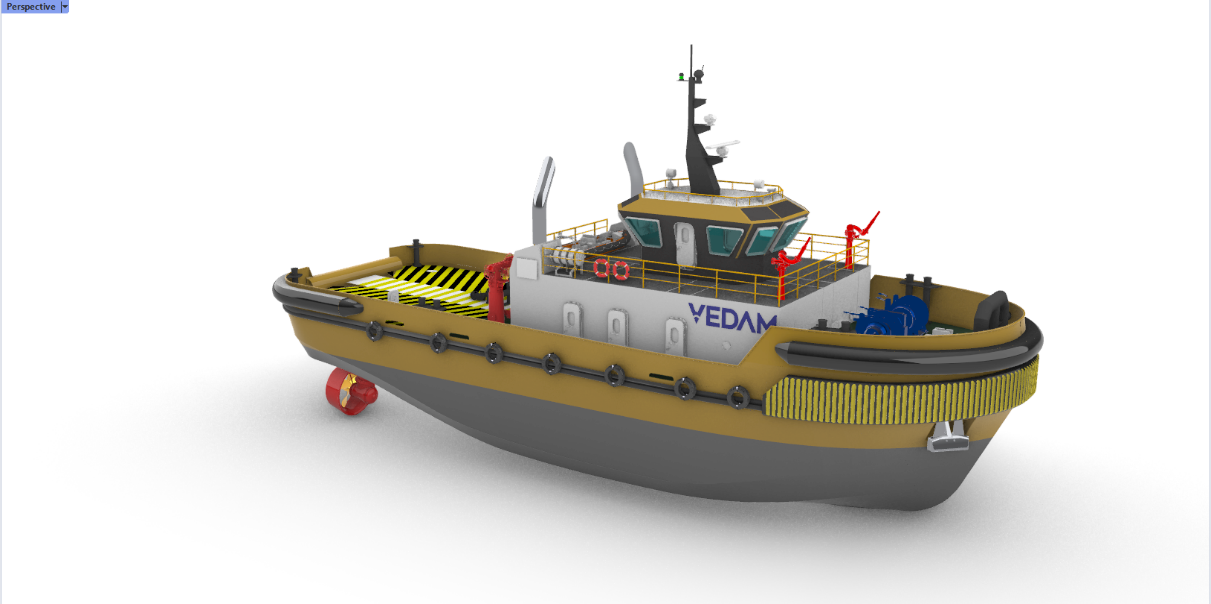
.png)
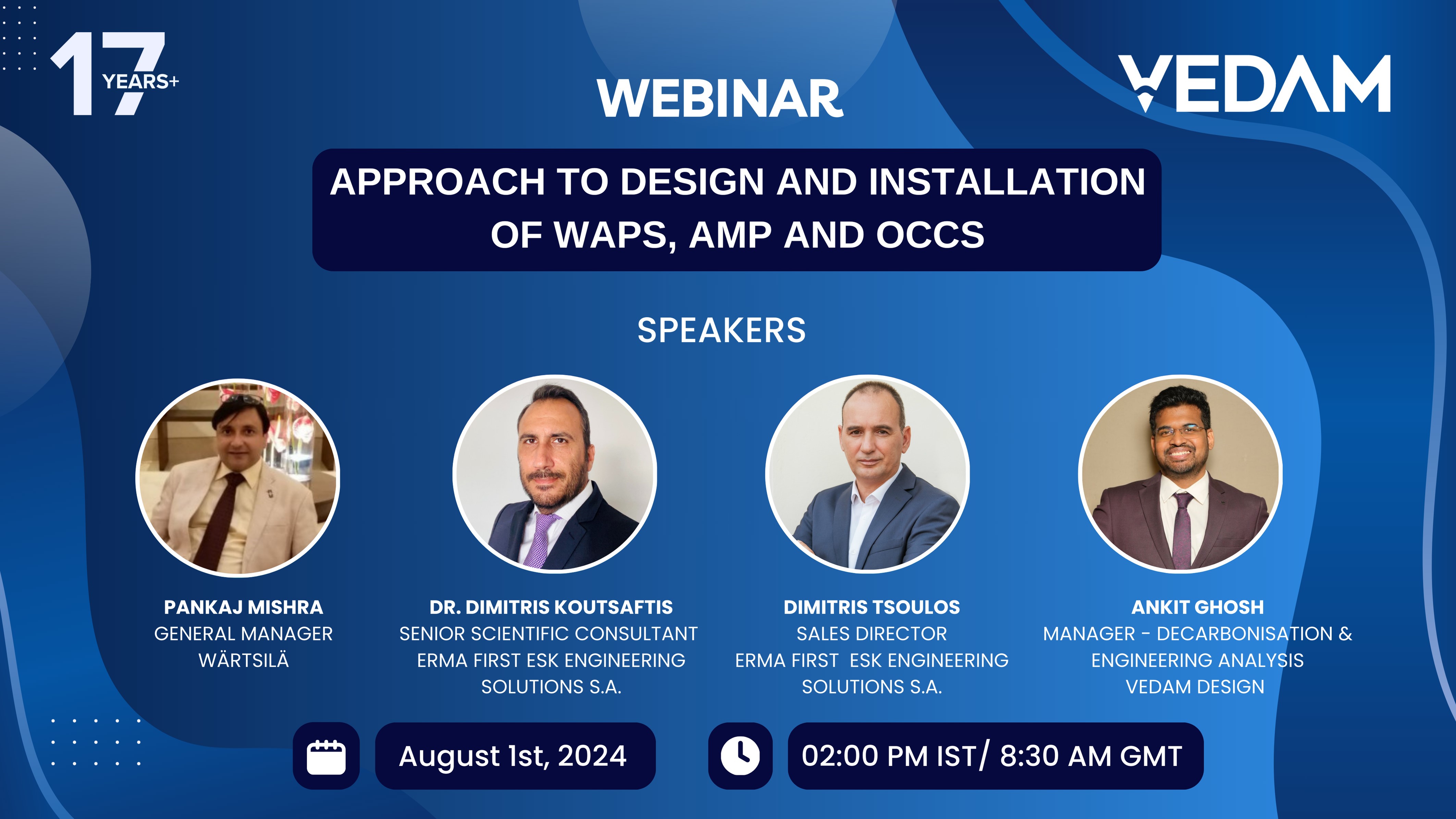
.jpg)


.jpg)
